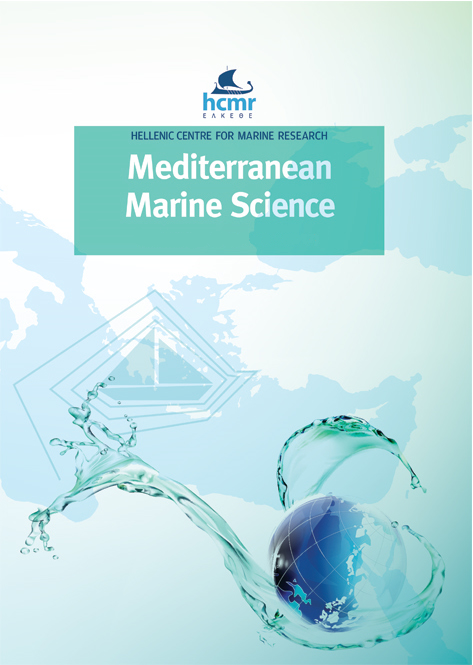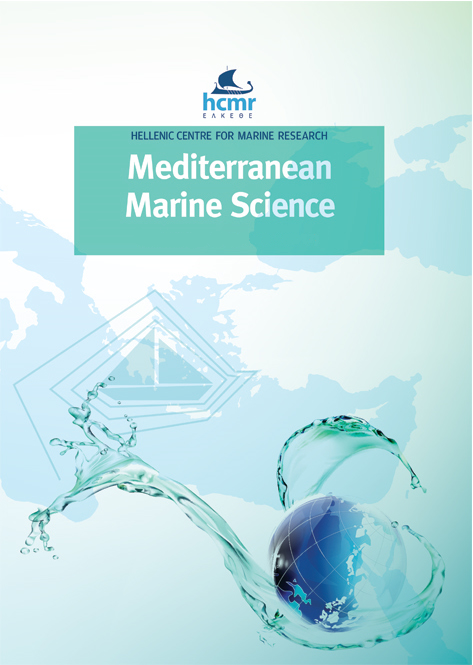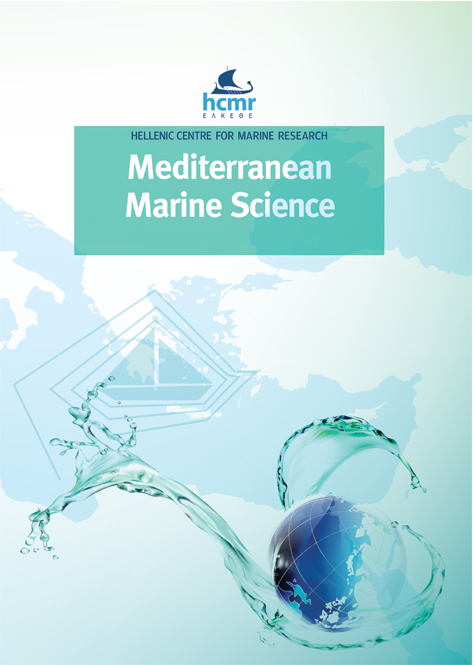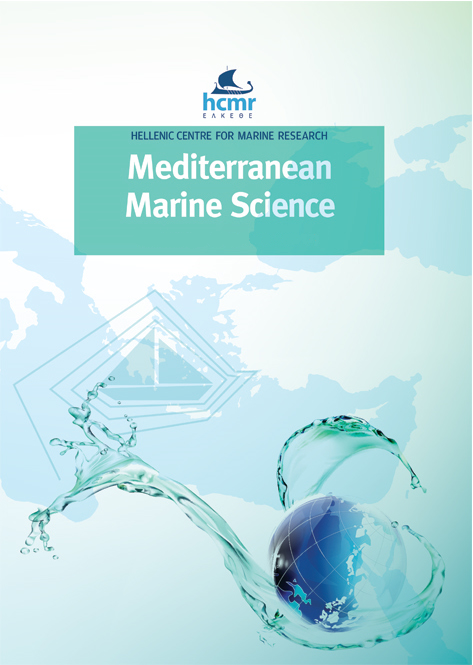Distribution of sea urchin barrens in shallow algal communities along the eastern Adriatic coast

Abstract
The sea urchins Paracentrotus lividus and Arbacia lixula are important herbivores in algal communities of the infralittoral rocky bottoms in the Mediterranean Sea. However, grazing by sea urchins that outweighs natural algal recruitment processes might result in the formation of barrens, which are areas dominated by urchins and coralline algae. We present the results of the first large-scale mapping of sea urchin barrens and analyses of sea urchins’ impact on the main algal communities across 1955.5 km of rocky coastline on the eastern side of the Adriatic Sea (Croatia). Since mapping was performed over a geographically wide area and covered a representative quantity of approximately 40% of the coastline of the central part of the Adriatic Sea, the results could be considered to reflect the general situation in that area of the eastern Adriatic coast. Mapping revealed that sea urchin barrens are present along over 35% of the coastline, while the complete absence of algal cover was recorded in 8% of the inspected area. Communities with canopy-forming algae, which are the most valuable shallow-water communities of the Mediterranean Sea, represent the largest proportion of the observed coastline and are affected by sea urchins in over 28% of their extent. Among other factors, the extensive harvesting of date mussels (Lithophaga lithophaga) in the 1970s, 1980s, and early 1990s is likely one of the main activities that resulted in exceptional sea urchin expansion via the removal of micropredators and establishment of shelters for subadult urchins.
Article Details
- How to Cite
-
CVITKOVIĆ, I., DESPALATOVIĆ, M., ŽULJEVIĆ, A., VUČIĆ, I., LUČIĆ, P., & NEJAŠMIĆ, J. (2024). Distribution of sea urchin barrens in shallow algal communities along the eastern Adriatic coast. Mediterranean Marine Science, 25(1), 213–219. https://doi.org/10.12681/mms.33553
- Section
- Short Communication
Authors who publish with this journal agree to the following terms:
- Authors retain copyright and grant the journal right of first publication with the work simultaneously licensed under a Creative Commons Attribution Non-Commercial License that allows others to share the work with an acknowledgement of the work's authorship and initial publication in this journal.
- Authors are able to enter into separate, additional contractual arrangements for the non-exclusive distribution of the journal's published version of the work (e.g. post it to an institutional repository or publish it in a book), with an acknowledgement of its initial publication in this journal.
- Authors are permitted and encouraged to post their work online (preferably in institutional repositories or on their website) prior to and during the submission process, as it can lead to productive exchanges, as well as earlier and greater citation of published work (See The Effect of Open Access).









